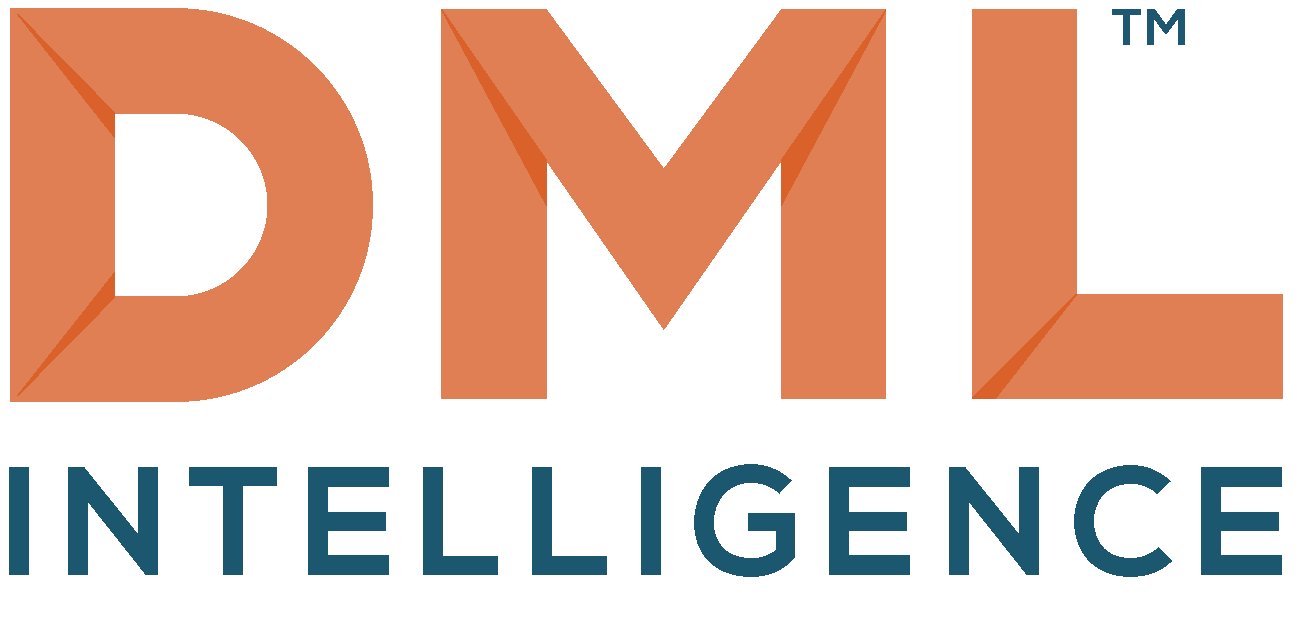Leveling Up: Revolutionary Gamification Techniques to Boost Employee Engagement and Performance
In the game of modern business, traditional tools like point systems and leaderboards are the basic moves known to every player. But to truly captivate and motivate today’s workforce, companies must think like game designers, crafting engaging experiences that go beyond the basics.
Let’s delve into innovative gamification techniques that not only enhance engagement but also turbocharge performance, transforming everyday corporate training into a dynamic arena where employees are not just participants but enthusiastic players.
Imagine the typical workplace as an arcade where traditional training methods have turned the bright, engaging games into monochrome, tedious tasks. Employees, much like arcade-goers, wander in search of a game that truly engages them, often finding the options predictably unstimulating. However, some visionary companies have begun rewriting the arcade’s rulebook, introducing next-level gamification strategies that spark both interest and competition.
One such strategy is the use of immersive role-playing games (RPGs) where employees navigate through various levels of challenges, each designed to enhance a specific skill set. This approach taps into the narrative power of storytelling, making each employee the hero of their own professional journey.
For instance, Deloitte’s leadership training program uses an RPG setup where trainees lead a team through a series of challenges, gaining points for effective decision-making and leadership skills. This not only enhances learning but also provides a compelling narrative that mirrors real-world business scenarios.
Moreover, escape room challenges are being adapted for the corporate environment, fostering teamwork and problem-solving skills under time constraints. Employees must collaborate to “escape” a room by solving puzzles that mimic job-related challenges. This setup not only boosts engagement but also enhances team cohesion and communication skills, essential components in any high-functioning team.
The psychological impact of these advanced gamification techniques is profound. According to a study by the University of Colorado, participants in gamified learning experiences scored 14% higher in skill-based assessments and showed a 9% increase in retention rates compared to those in traditional learning settings.
The reason is clear: gamification introduces elements of fun, competition, and visible achievement into the learning process, activating intrinsic motivation and sustained interest.
Another innovative technique involves integrating virtual reality (VR) into training programs. VR simulations provide a safe, controlled environment where employees can practice skills and make decisions with real-time feedback. For example, Walmart uses VR to train employees in customer service management during Black Friday simulations, preparing them for one of the retail industry’s most stressful days with significantly reduced risk and anxiety.
As companies look to revamp their L&D strategies, integrating these cutting-edge gamification techniques offers a fresh approach that not only engages employees but also significantly enhances their performance and satisfaction. These methods provide clear, measurable metrics of success and progress, making it easier for management to track and reward achievements in a meaningful way.
In conclusion, as we continue to navigate the evolving landscape of corporate training, gamification stands out as a powerful tool in the L&D arsenal. By adopting more advanced, psychologically engaging techniques, companies can transform their training programs from mundane tasks into compelling challenges, ensuring that employees are not just learning but truly enjoying the journey. Let the games begin, and let them propel us toward a future where work feels less like a chore and more like a quest for growth and achievement.
